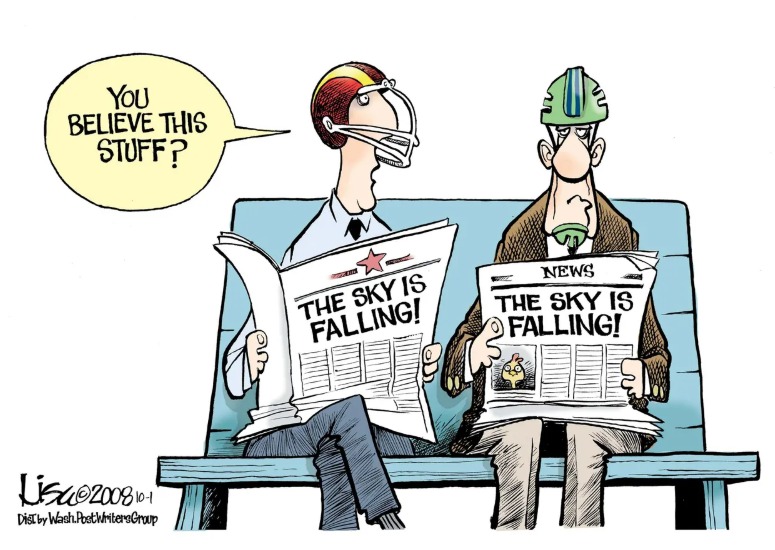- 0243394034
- info@centralcoastseo.com.au
- Google 1st Pages Guaranteed in Writing.
The Impact of Google’s Antitrust Ruling

The Impact of Google’s Antitrust Ruling
The recent antitrust ruling against Google has generated significant discussion across the digital landscape. On August 5, a U.S. District Court delivered a 277-page verdict that unequivocally stated, “Google is a monopolist.” This decision, although lengthy and legally dense, carries clear implications for the search industry and beyond. As someone who has long analysed the intricacies of search technology and digital marketing, I believe it is extremely important to explore, in depth, what this ruling means for our industry, for consumers, and for the future of online advertising.
A Detailed Synopsis of the Ruling
The case itself spans four years, involving extensive witness testimony and an array of evidence aimed at establishing that Google maintained its monopoly in both general search services and text ads. Initiated in October 2020 by the U.S. Department of Justice along with several states, the trial culminated in September 2023, with closing arguments heard in May 2024. The court’s final verdict centred on the assertion that Google abused its dominant market position in a manner that violates Section 2 of the Sherman Act.
The ruling does more than simply label Google as a monopolist. It lays out a series of findings that show how Google systematically used exclusive agreements and other anticompetitive practices to reinforce its dominance. In particular, the court highlighted that these practices enabled Google to artificially inflate ad prices, directly impacting the dynamics of the paid search market.
The Legal and Economic Context
To appreciate the full significance of this decision, it is necessary to step back and consider both the legal and economic context. In prior antitrust cases—such as those involving Microsoft or AT&T—courts have sometimes mandated structural changes or divestitures. However, the digital ecosystem of today is far more complex. Google’s search engine, which handles billions of queries daily, is not merely a business asset but a fundamental tool embedded in everyday consumer behaviour. The court itself acknowledged that Google’s search product is highly effective and remains the de facto standard, particularly on mobile devices.
Despite the gravity of the ruling, it is unlikely that the core functionality of Google Search will undergo radical restructuring. The court recognised that forcing a breakup or severe divestiture could disrupt deeply entrenched user habits and potentially harm the very consumers it seeks to protect. Instead, regulatory focus may well shift towards addressing the exclusive agreements and pricing practices that have been central to maintaining Google’s market power.
Implications for the Digital Advertising Ecosystem
The ramifications of this ruling for the paid search industry could be significant. The court’s findings highlighted that Google has, over the years, successfully tested price increases for text ads without suffering a loss in advertiser demand. Such practices have allowed the company to secure vast revenues and, in turn, reinvest in its dominant search infrastructure.
In response, regulators might consider imposing measures designed to increase transparency in ad pricing or even introduce direct price controls for certain types of advertisements. Such actions would represent a direct intervention in the mechanics of digital advertising, potentially leading to a more competitive environment over time. However, any such measures are likely to be gradual and complex, given the intertwined nature of the industry.
The Broader Impact on Organic Search
For those dedicated to organic search optimisation, the long-term effects of this ruling may be less immediately apparent. The fundamentals of how search rankings are determined are unlikely to change overnight. The consumer experience on Google Search is deeply embedded in the ecosystem, and any efforts to alter its structure could have wide-ranging repercussions.
Nevertheless, the ruling introduces a degree of uncertainty in the market. Advertisers and marketers may find themselves re-evaluating budgets and strategies in light of potential regulatory shifts affecting paid search. Even if organic search remains relatively stable, short-term fluctuations in advertising costs and budget allocations could indirectly influence SEO strategies, particularly as companies re-assess their overall digital marketing mix.
Technical Considerations and Industry Insights
In dissecting the technical aspects of the ruling, several key points emerge:
- Exclusivity Agreements – One of the most striking elements of the court’s decision is its focus on the exclusivity agreements that have historically favoured Google Search. These arrangements have ensured that Google remains the default search option on numerous devices and platforms, further cementing its dominance. Any regulatory attempts to modify these agreements could open the door to alternative search experiences, though such changes would require significant investment from new market entrants.
- Market Penetration and Consumer Behaviour – Data from recent years has shown that Google controlled nearly 95% of mobile search queries in the U.S. alone in 2020. The sheer scale of this market share, combined with the habitual use of Google Search, reinforces the difficulty of challenging consumer inertia. This entrenched position means that any corrective measures will need to be carefully calibrated to avoid unintended consequences.
- Economic Scale and Investment – The court also laid bare the colossal investment that Google has made in maintaining its market position, with figures approaching tens of billions of dollars in exclusivity agreements. This investment underscores the depth of Google’s commitment to retaining control, and it highlights the challenges any competitor would face in attempting to disrupt the status quo.
Future Outlook and Strategic Considerations
As the appeals process unfolds—a process that could extend for years—the immediate priority for industry stakeholders is to remain vigilant and adaptable. While the core search product is unlikely to be dismantled, the regulatory spotlight on advertising practices and exclusivity agreements may prompt incremental changes over time.
For those of us in the search marketing community, this ruling serves as a reminder of the dynamic nature of our industry. It underscores the importance of staying informed about legal and regulatory developments and being prepared to adjust strategies as new measures are implemented. The prospect of a more competitive paid search market may eventually lead to lower advertising costs and improved transparency, but such outcomes will require careful navigation of a complex regulatory landscape.
Reading Between the Lines
Prognosticating what this all means is ultimately a matter of guesswork. But one thing is for sure, the antitrust ruling against Google represents a watershed moment for the digital world. It is a clarion call to re-examine the structures that underpin the search and advertising ecosystem. While the immediate impact on organic search may be minimal, the potential for change in the realm of paid search is significant. Price transparency initiatives and alterations to exclusivity agreements could, in time, foster a more balanced and competitive market. The future of digital advertising and search may well be reshaped by these forces, and a proactive, informed approach will be crucial to navigating the changes ahead.


















